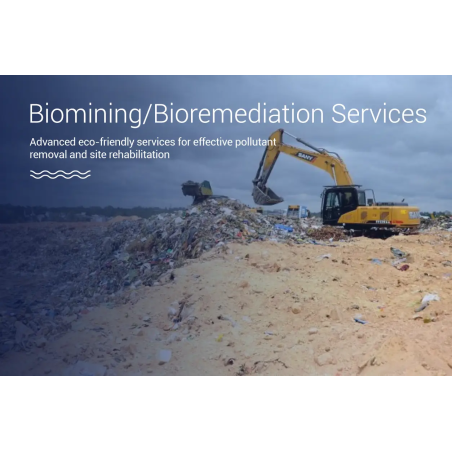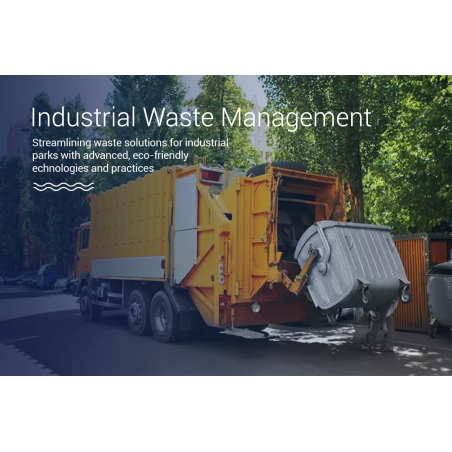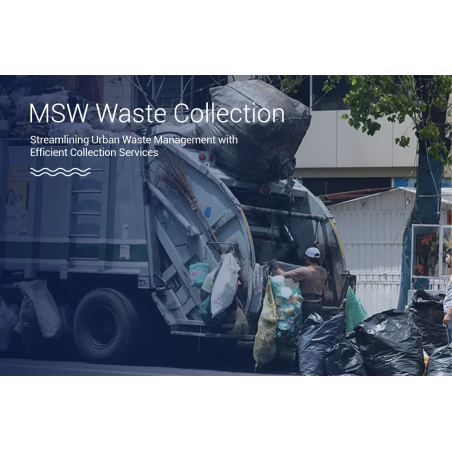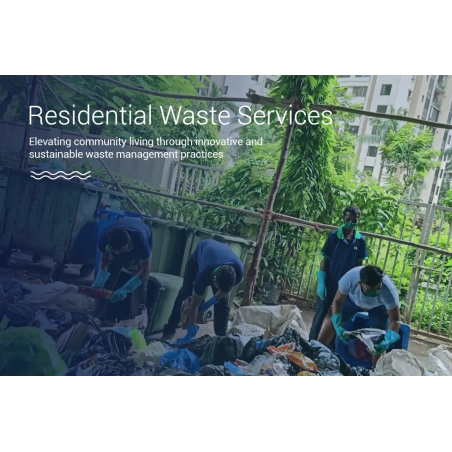Showing 1-5 of 5 item(s)
Waste Management Services
Waste management is all about dealing with trash in ways that help the planet. It includes methods like biomining and bioremediation, which use nature to clean up waste, managing big amounts of trash from places like industrial parks, and even collecting household waste right from your doorstep. At EnvMart, we offer these services to make dealing with waste easier and more eco-friendly for everyone. Plus, with the option to buy these services directly at the best prices, free shipping, and availability for businesses big and small all around the world, keeping your space clean has never been simple
 width="452" height="452"
sizes="(max-width: 452px) 100vw, 452px">
width="452" height="452"
sizes="(max-width: 452px) 100vw, 452px"> width="452" height="452"
sizes="(max-width: 452px) 100vw, 452px">
width="452" height="452"
sizes="(max-width: 452px) 100vw, 452px"> width="452" height="452"
sizes="(max-width: 452px) 100vw, 452px">
width="452" height="452"
sizes="(max-width: 452px) 100vw, 452px"> width="452" height="452"
sizes="(max-width: 452px) 100vw, 452px">
width="452" height="452"
sizes="(max-width: 452px) 100vw, 452px"> width="452" height="452"
sizes="(max-width: 452px) 100vw, 452px">
width="452" height="452"
sizes="(max-width: 452px) 100vw, 452px">